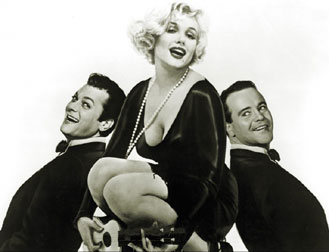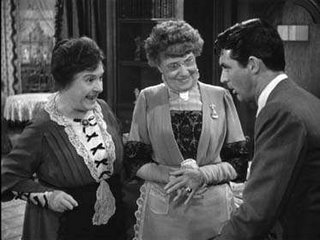The Reader. Stephen Daldry, 2008

The Reader (Der Vorleser) is a novel by Bernhard Schlink. It was published in Germany in 1995 and deals with the difficulties which subsequent generations have in comprehending the Holocaust, as the victims and witnesses of the Holocaust die and its living memory begins to fade.
The story is told in 3 parts by the main character, Michael Berg. Each part takes place in a different time period in the past.
Part I begins in a West German city in 1958. A 15-year-old Michael becomes a heated affair with the 36-year-old tram conductress Hanna Schmitz. In fact, they begin and develop a ritual of bathing and having sex, before which she frequently has him read aloud to her, especially classical literature. Months later, Hanna suddenly leaves without a trace…
Part II, 8 years later. Michael, now a law student, is observing a war crimes trial. A group of middle-aged women who had served as SS guards at a satellite of Auschwitz in occupied Poland are being tried for allowing 300 Jewish women to die in a fire locked in a church that had been bombed during the evacuation of the camp. The incident was chronicled in a book written by one of the few survivors, who is the star witness at the trial. To Michael's stunned surprise, Hanna is one of the defendants. She is accused of writing the account of the fire. At first she denies this but then in panic admits it in order to not have to give a sample of her handwriting. Michael, horrified, realizes that Hanna has a secret she refuses to reveal at any cost — she is illiterate.
Part III: Michael, trying to come to terms with his feelings for Hanna, begins taping readings of books and sending them to her without any correspondence while she is in prison. Hanna begins to teach herself to read, and then write in a childlike way, by borrowing the books from the prison library and following the tapes along in the text. She writes to Michael, but he cannot bring himself to reply.
The main characters are Kate Winslet (in the role of Hanna), Ralph Fiennes (Michael) and David Kross, who plays the young Michael. Winslet and Kross have received much praise for their brilliant performances, Kate even won the Oscar for leading actress.

